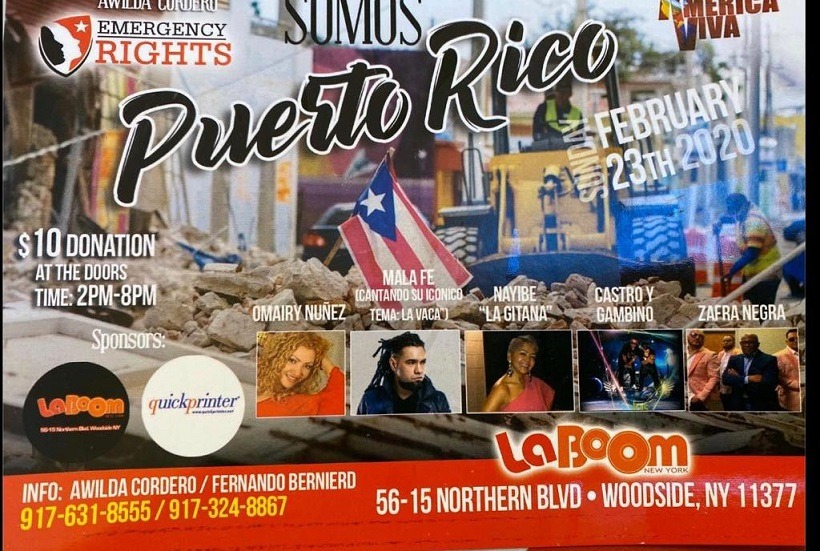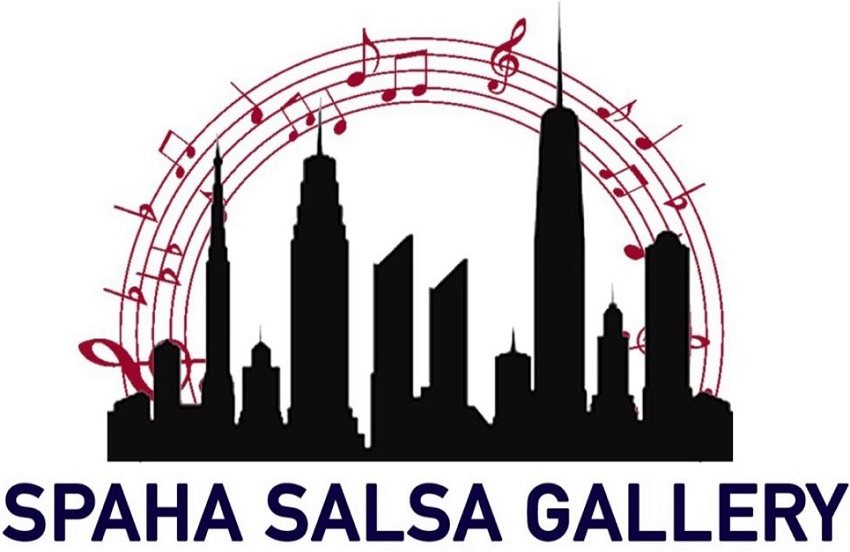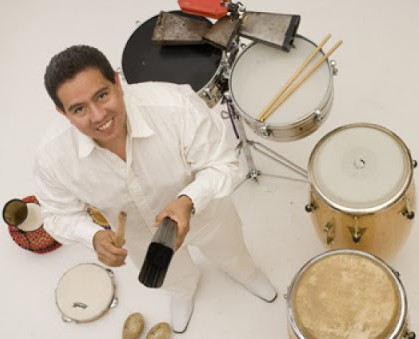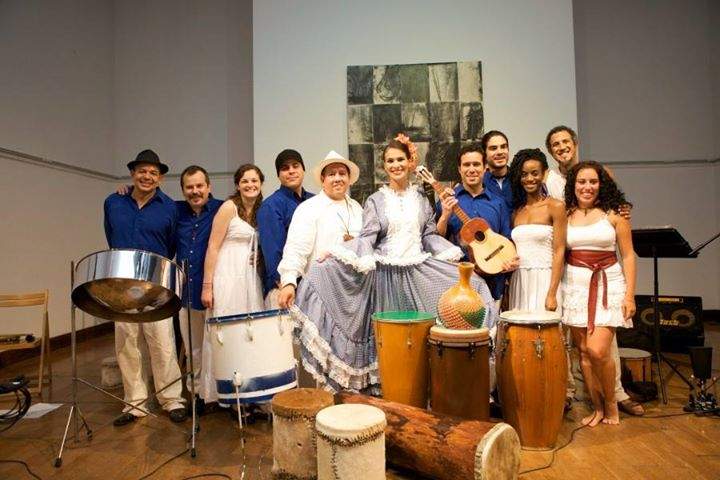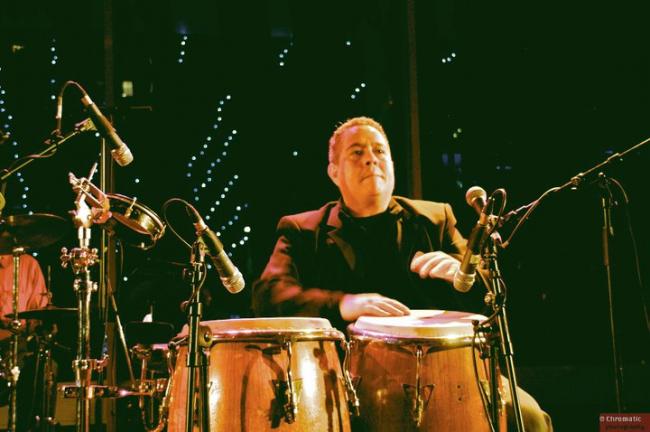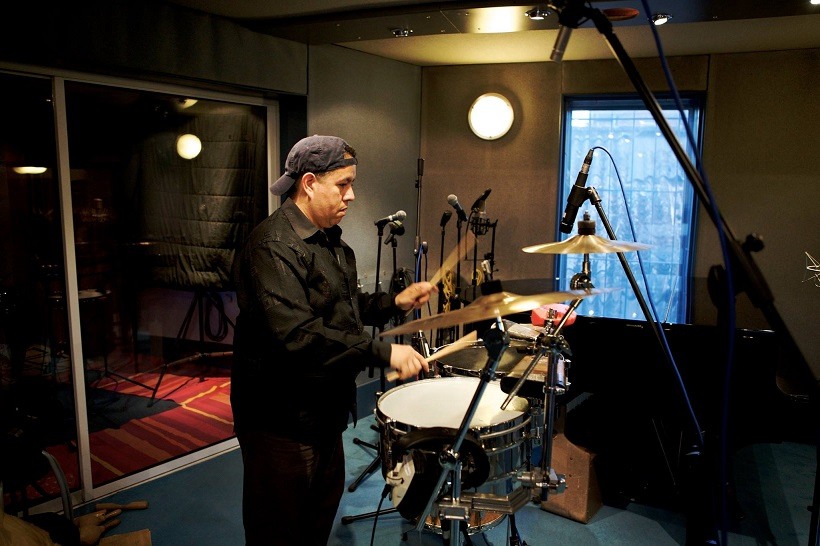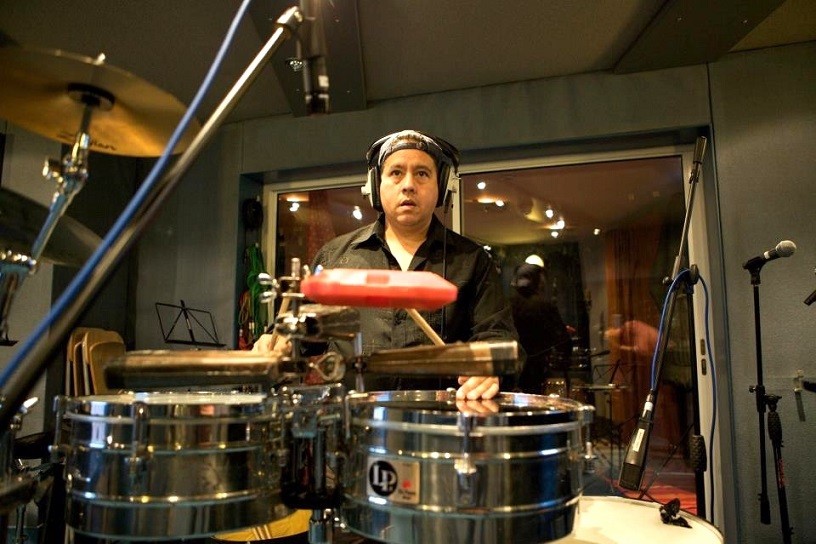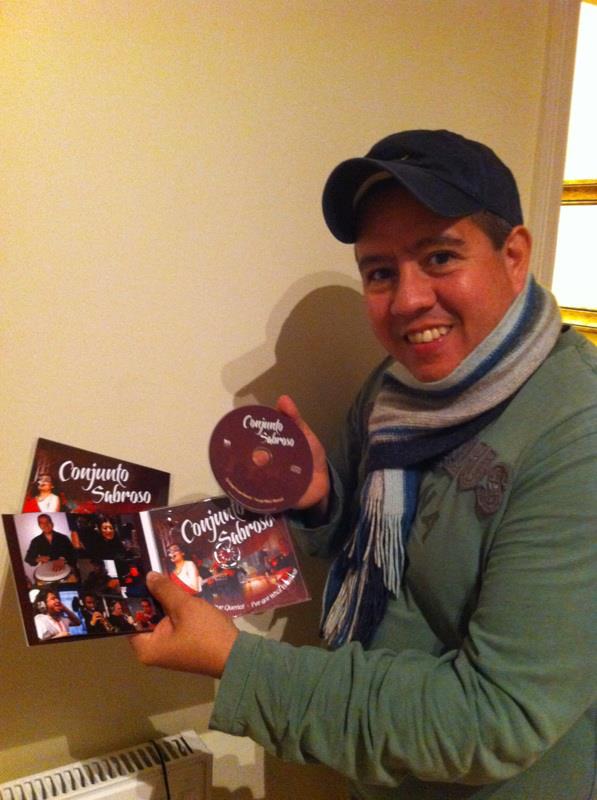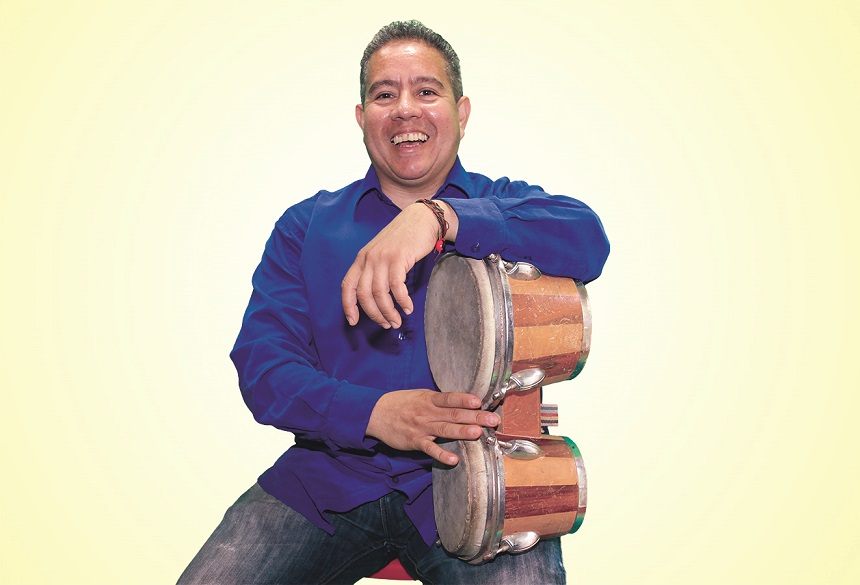North America - United States - Anaheim - California
From January 16 to 19 the musical instruments, professional audio and accessories industry met again in Anaheim, California, for the expected annual event that opens the calendar of fairs related to the music market segment.
NAMM Show has been reinvented and this year came with a new structure so we could better appreciate the ideas and proposals. The organizers divided the different items to which the exhibition is dedicated, offering specific spaces for each group of exhibitors and visitors and making it easier to find the desired companies and products.
The NAMM Show Music sector for musical instruments and accessories, The Namm Show Sound for professional audio and sound reinforcement, and The NAMM Show Live bringing together technologies for live events and entertainment were inaugurated in this new organization.
The Namm Show Music
More than 7000 brands, more than 300 educational sessions, more than 150 free interconnection events and hundreds of concerts and performances. Among the spaces dedicated to music, in this sector of the fair was the Boutique Guitar Showcase (sample of manufacturers of boutique guitars from around the world), the Lounge 88 Showcase (collection of renowned piano brands illustrating the history of that instrument), Software. NAMM (a curated selection of the latest music applications and plug-ins). The Sytnth Showcase (shows the latest analog and digital synthesizer technology) and the Innovator Showcase (showing the latest products that aim to revolutionize music, sound and entertainment technology).
On the educational side will be the Retail Innovation Summit, the NAMM U Breakfast Sessions, Music Education Days for students and educators, the Retail Financial Summit, the NAMM Idea Center presented sessions every half hour with all kinds of tips and ideas, and the program GenNext for students who want to develop their career.
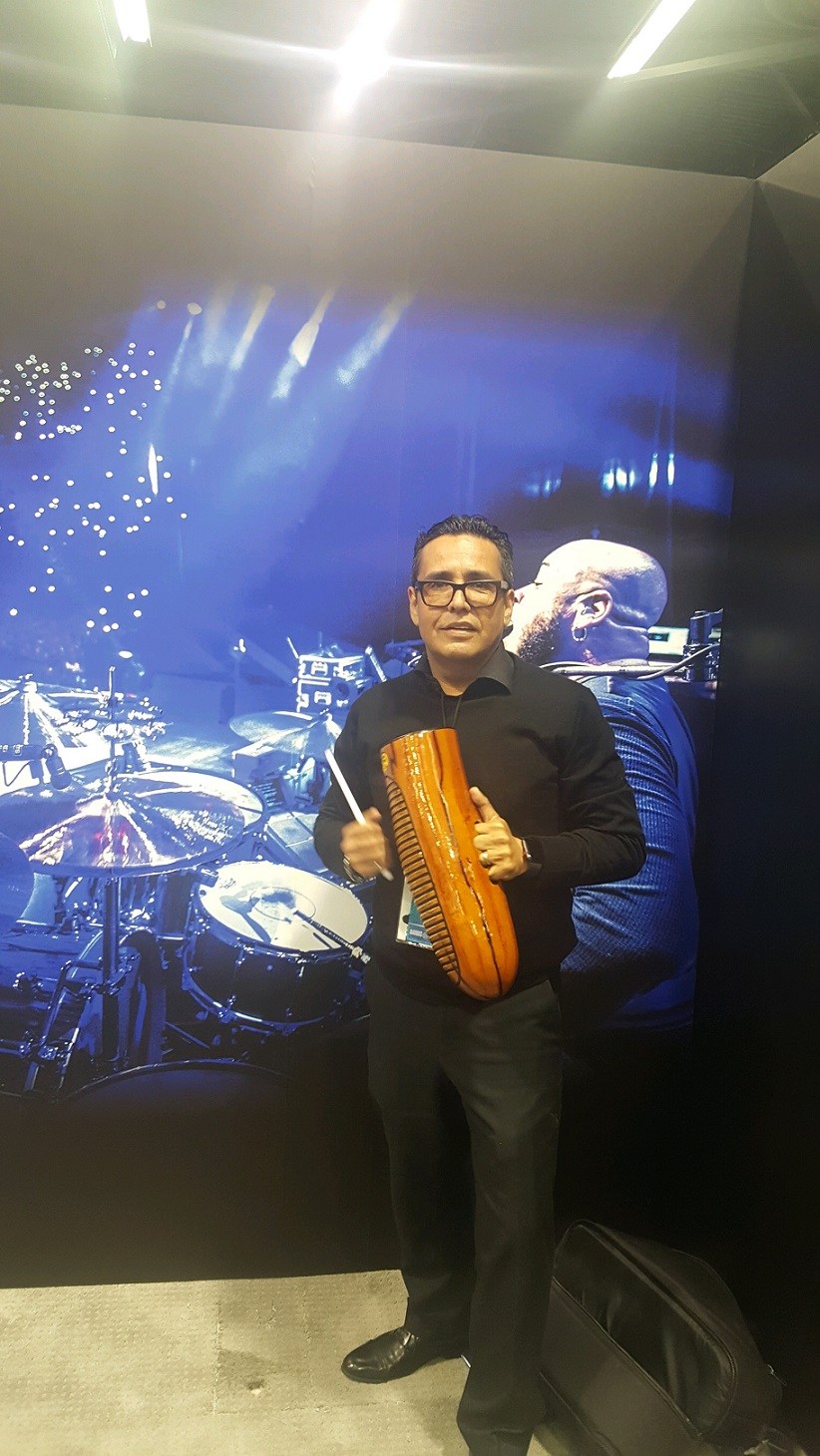
Other events were in this section such as the She Rocks Awards dedicated to women, the NAMM Foundation Celebration for Music Education, the Yamaha All-Star Concert, hundreds of concerts, jams and live performances through NAMM Jam, the Yamaha Night of Worship with Christian bands, Roomful of Pianos with symphonic works adapted to the piano, and the Grand Rally for Music Education, honoring the outstanding educators in our field.
The Namm Show Sound
More than 3,000 brands in areas dedicated to professional audio and sound reinforcement, more than 200 audio production sessions, more than 50 demonstrations and more than 150 free interconnection events with audio professionals from around the world.
The outstanding samples? The Loudspeaker System Showcase to experience line array and loudspeaker technologies in a real environment, and also Software. NAMM, with a curated selection of the latest music applications and plug-ins.
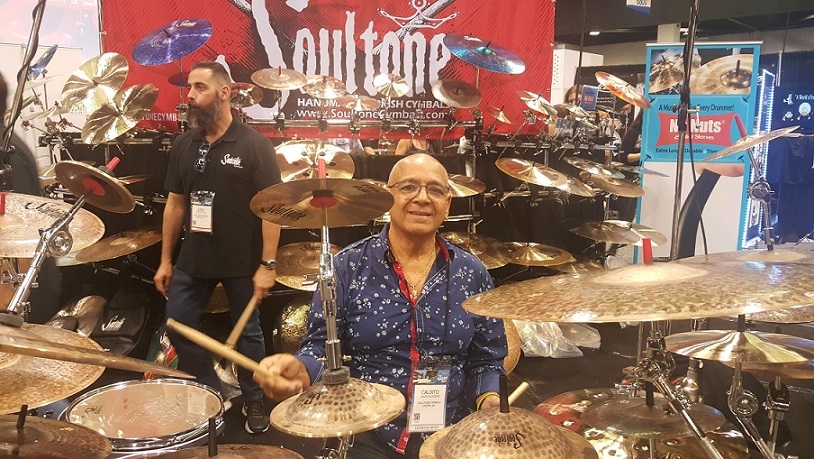
Educational opportunities were available with the AES Academy (education and training program for live sound, recording and audio professionals in performances), A3E (sessions focused on the future and how audio applications are transforming the industry), Teck Tracks (sessions with high profile themes in recording, live sound and the music business) and Dante Training (free Dante certified training conducted by Audinate).
In addition to the She Rocks Awards, the Yamaha All-Star Contest, and the Yamaha Night of Worship, the NAMM Pro Audio Pool Party (an outdoor party for the professional audio and sound community) was added to this space. NAMM TEC Awards (recognizing the best products and innovations in this segment) and the Parnelli Awards (highlighting professionals in the live event scene).
The Namm Show Live
For those interested in the live events sector there were more than 7,000 brands, more than 50 free educational sessions, opportunities to obtain 80 ETCP credits, hundreds of ESTA interconnection events, and live music throughout the space.
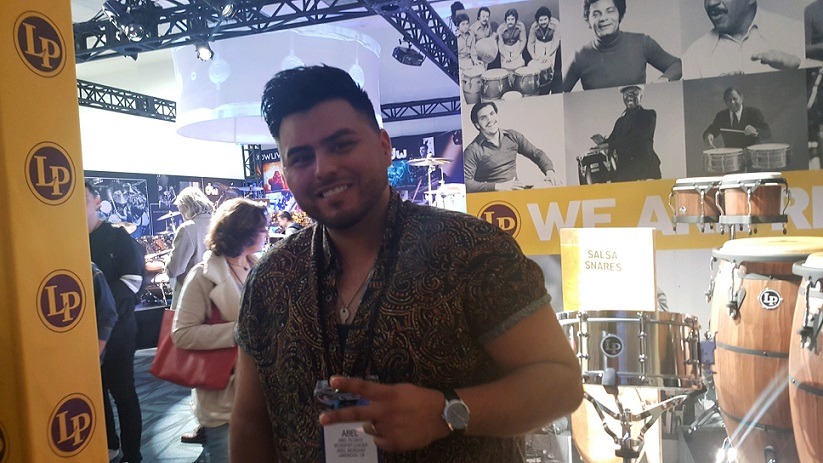
Education was in the hands of the sessions curated by ESTA, technology sessions organized by Lighting & Sound America and PLASA, professional production sessions conducted by PLSN and FOH, in addition to the Dante Audinate training.
In the part of special events will be the Happy Hour for Behind the Scenes (a charitable event that raises funds for industry professionals who are going through problems), the welcome reception of Namm show Live, and visitors can also find interesting Parnelli Awards and the NAMM TEC Awards.
International Salsa Magazine had correspondents at the Namm Show 2020 so you can enjoy all details.
Four days of exciting performances by local and international artists and demonstrations of new high-end technology products were presented at the biggest and the most prestigious annual event in the Music Industry.
Among the main stars that showed musical performances were: Los Lobos, Paris Escovedo, Bobbi Escoto, Adelaide Band, Gabrielito González, Jamal, Abel Flores Band, Calico Oviedo Soultone Cymbals, the winner of two Latin Grammy awards, Tony Succar, and others.
Also, the organization in this unique and memorable event was unsurpassed, the family, brotherhood and cultural environment were present during each day. “People were always very happy, musicians and dancers were very friendly and enthusiastic at all times.” Said our correspondent Bryan “Scorpio” Astrachan
For the first day (Media Day) at the Anaheim Convention Center, Los Lobos was in charge of the first musical performance producing the applause and admiration of the present press. On the other hand, the famous local artist Paris Escovedo once again demonstrated the connection between the public and his music by grabbing attention for hisvirtuosity on the second day.
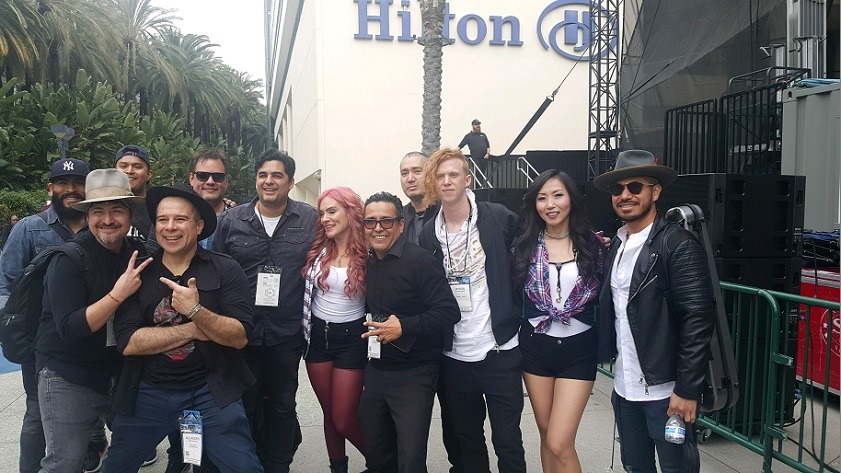
Likewise, the third day was led by the musical environment of the Bandleader, Director and Bongo player of Afro Son, Bobby Escoto.

During the fourth and last day of the Namm Show, they were present at the Yamaha Grand Plaza State and highlighted the band leader and vocalist of La Verdad, Gabrielito González, and Adelaide Band. This prodigious band played for about an hour, a total of 12 songs. Among his repertoire was a tribute to Salsa with the Celia Cruz’s hits, covers by Gloria Estefan and other Latin singers, in addition to playing the songs of her second album “Reflexiones de mi Mente” released in 2019 and available on all digital platforms. If you want to know more about this Latin urban music band as well as dates events visit their website: http://adelaidetheband.com/
We don’t forget to inform you that during this invitation to the global musical innovation platform, the technology never ceases to amaze. The new ATC Dolby Atmos immersive music audio system was one of our favorites. The next-generation surround audio experience takes music far beyond traditional “surround sound” that includes 3D spatial information to bring the listener to music. This free demonstration and installed on the Smartphone was tested by our correspondent Bryan “Scorpio” Astrachan.
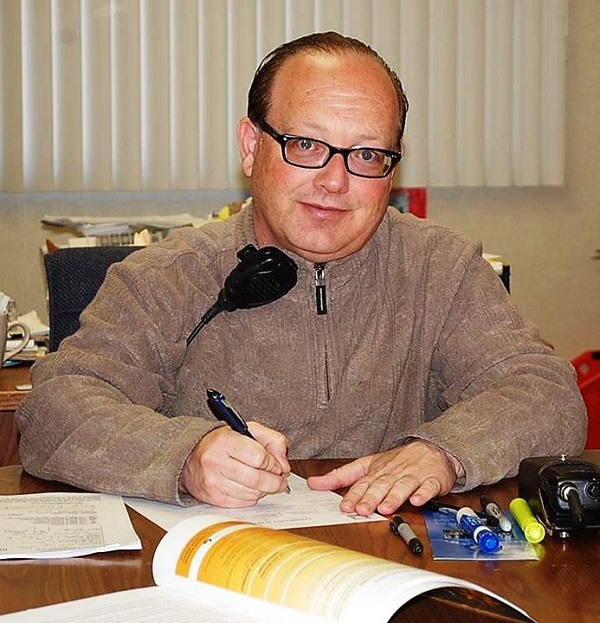
Our correspondent, Carlos Navarro, was also at the event and could verify that the DJs are acquiring a new air and, although it is not something new in the music industry, it is working with a lot of emphasis on everything that refers to DJ Equipment, Technology and more.

The Namm Show 2020 was a perfect platform to publicize and reveal numerous technological advances. And also, the opportunity in which the artists could try everything for themselves in the different jam sessions that took place throughout the event.
Navarro was able to coincide with other artists from the world of salsa in the percussion booth. He had the opportunity to talk with Tito Quintero, Alex Acuña, Luis Conte and John «Dandy» Rodríguez, who was with Latin Percussion at the launch of a limited edition (of only 100 copies) of the Dandy Bongo Cowbell, as a tribute in his honor, with a comfortable, practical case with wheels; and also made with cutting-edge technology and high-end materials and a dazzling aesthetic.
The highlight was the live presentation of Tower of Power. “Incredible. I realized that people are appreciating live music badly, because they are accustomed to DJs, although that is not new,” Carlos Navarro told us.
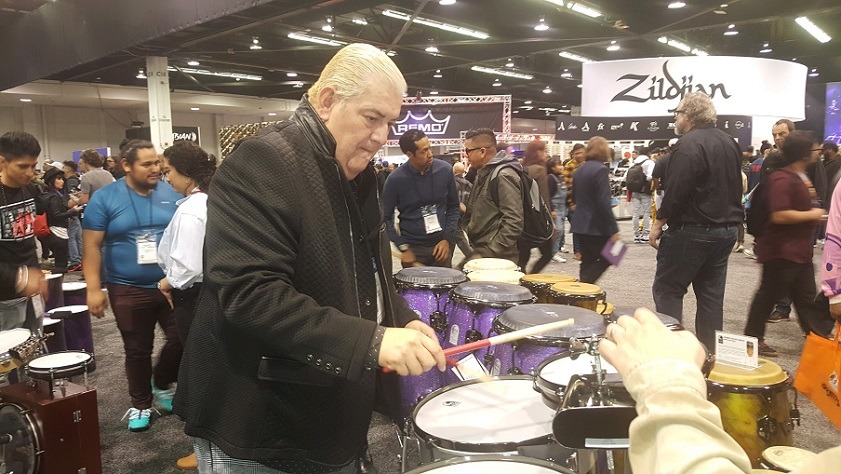
In this way, we say goodbye to an event of high quality, maximum organization, unsurpassed treatment, and unmatched technological development platform.
Each day this event culminated from 5:00 PM to 6:00 PM, we culminate standing and with applause. Until next year Namm Show 2021!

